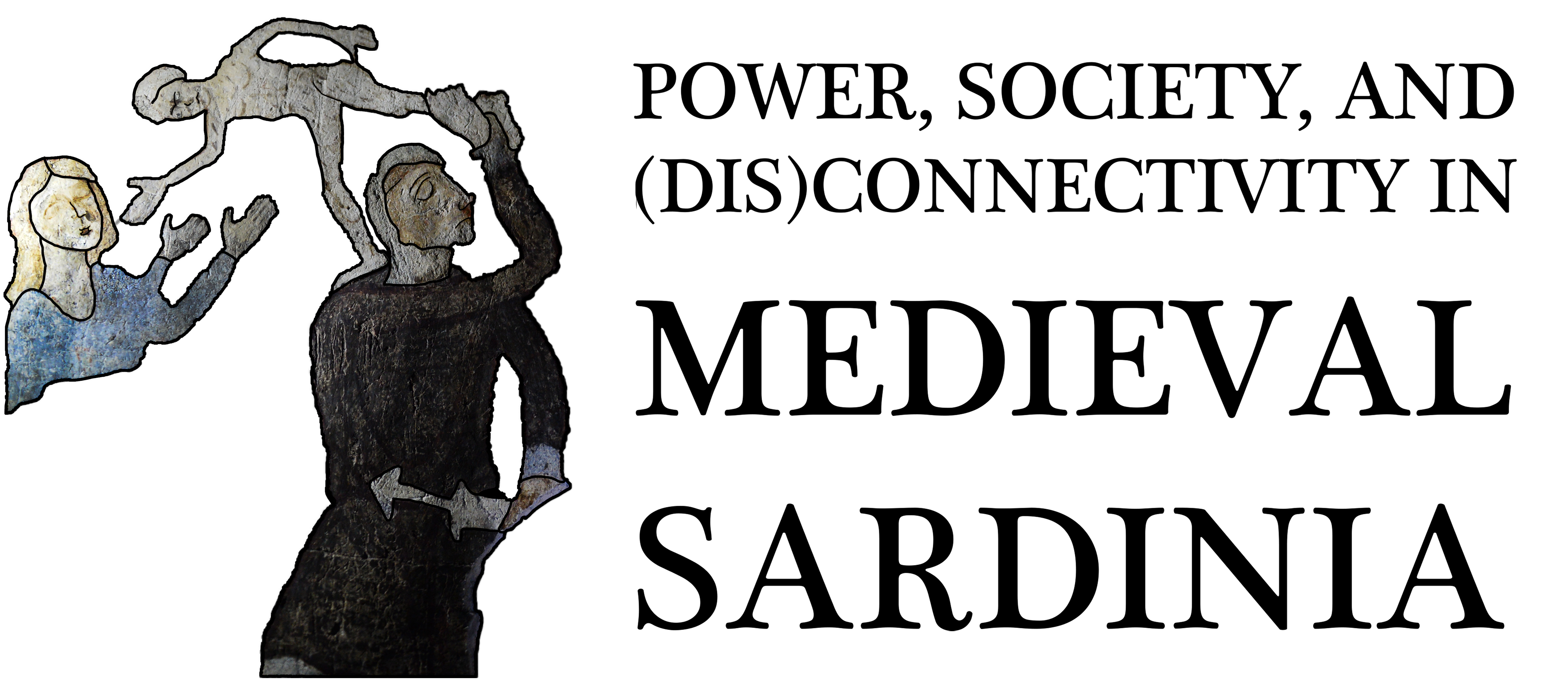This is a four-year project to explain the history of Sardinia in its medieval Mediterranean context. We are an international team of historians and archaeologists with transdisciplinary skills who will test key hypotheses about Sardinia’s unique political development as well as its society and the ways that the island has been understood in the past. With our eleven international collaborating partner institutions, we will establish a major new exhibition of medieval Sardinian history at the Museo Nazionale in Cagliari. With short tours to smaller museums too, we expect more than 300,000 visitors during the project itself, at the end of which the exhibition will be hosted on a permanent basis.
The team will study four interwoven research strands. The first deals with the island’s ‘connectivity’, which is often used to characterise the medieval Mediterranean. However, the second largest island in the Mediterranean–Sardinia–is also understood as a model of isolation. Clearly, these ideas cannot both be correct. We will thus re-evaluate Sardinia vis-à-vis its surrounding regions through a new study of its geopolitical context. We believe that a new and integrated historiography will resolve the paradox of Sardinia as ‘the periphery at the centre’, redefining the ways we understand the island and its Mediterranean setting.
Sardinian history has been overlooked – but not because it is unimportant. Indeed, its unique development as an unconquered liminal polity among the major powers of the Mediterranean offers important new perspectives on formative phases of Euro-Mediterranean history. For example, the migration of Byzantine monks, soldiers, officials and nobles from North Africa to Sardinia provides paradigm-shifting evidence for the Arab Conquests and the creation of Muslim-Christian frontiers, showing how the dynamics of the Muslim conquest of North Africa were very different to those elsewhere. We will re-assess evidence from the Arab historiographers along wih new archaeological evidence from seals, coins and inscriptions for the earliest phase of the ‘Islamisation of Europe’.
We will also examine the autonomous forms of insular governance that emerged between 700 and 1100 through early charters and church records. We will elicit the social and political relations between the rulers, the rural elites, small landholders, and the wider population to offer a new multidisciplinary explanation of networked and negotiated modalities of power and social interaction. Particular emphasis will be laid on the identification of prestige kin-groups and actors in the countryside mentioned in the island’s rich documentary record. We will test grave goods from rural parts using a scientific archaeometrical approach to establish the provenance, composition and political, socio-economic and sociological functions of coins, ceramics, weapons, and jewellery. Comparison, integration and elaboration of the data will give new insights into the formation of Sardinian society, both horizontally and vertically, across a complex social network from its rulers to powerful families, and to those holding lands and benefices or giving labour in services.
